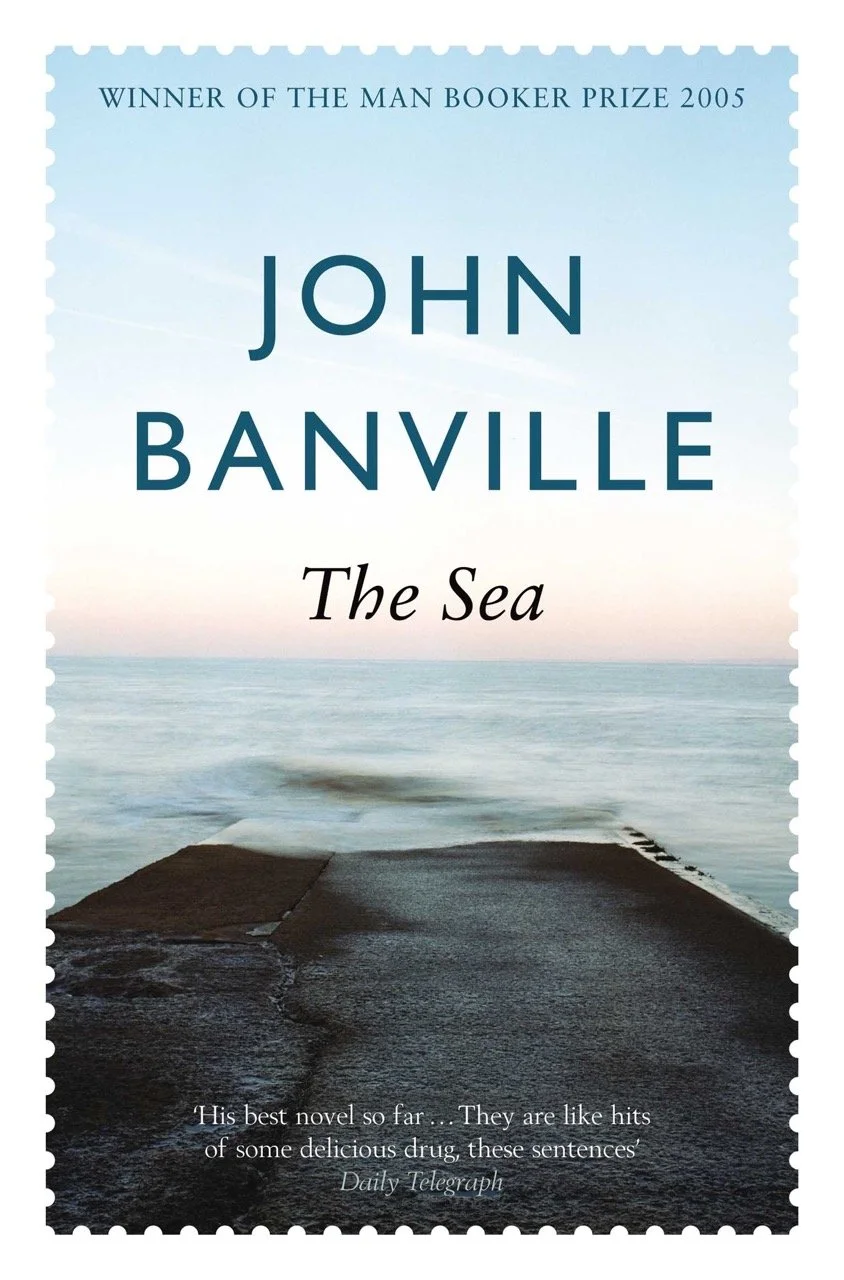“Pull like a dog”
… “A few words” from Ireland
Yours truly in the yellow buoyancy aid (thanks, Greg) taking part in the Rás Mór in 2017.
Surrounded by sea (and hundreds of smaller islands and islets), with around 12000 lakes and an average of 151 wet days (in the east) and 225 (in the west), Ireland offers a plethora of opportunities to get wet. One of the main annual water-based events takes place in Cork, the Rás Mór/Ocean to City race held in June. This involves craft of every kind, from the traditional wooden boat to stand-up paddle boards, over distances ranging from 4k to 28k.
One of the craft to be seen at the Rás Mór is the curragh, a sea and inland boat traditionally made with a wicker or wood frame covered by skin originally but now usually by a tarred material, although I was told by the owner of one such that he had used bulletproof material on his. I didn’t like to ask why.
Nowadays, the curragh is used as a leisure craft, rather than a working vessel. In Cork city, Meitheal Mara is a community-based project which provides nationally accredited training in boat building, including curraghs, as well as other boat-related skills.
According to Our Irish Heritage,“the history of the skin boat [in Ireland] reaches back further than any other European watercraft”; with the weight of that tradition behind them, it’s not surprising, then, that the Irish have excelled in rowing and sailing, with gold and silver medals at the Olympics, and more at World Championships. If you hear the phrase “pull like a dog”, this is where it came from.
Ireland Through the Lens
It’s probably impossible to make a film in Ireland without showing water in some form – think of the beach in Ryan’s Daughter (1970) or the background to The Banshees of Inisherin (2022), and of course the use of Skellig Michael in the Star Wars movie.
On the other hand, films in which the Irish waters are not merely incidental are more difficult to identify. The setting on Achill Island of Finnish-Irish co-production My sailor, my love (2023) presumably underlines one of its main characters’ former profession of sea captain. And in Sea Fever (2020) the action plays out during what starts as a routine fishing trip but turns into something more sinister.
However, the sea is clearly the star of 2023 documentary The Fair Seas: The Kingdom of Kerry which was included in the Festival of Ocean Films in Vancouver, Canada in February 2023. I’m hoping it made waves (sorry !).
Please note, the Irish have a much more ‘accepting’ relationship with strong language than many other nationalities.
A Living Tradition*
At a certain point during a convivial Irish evening – a point at which it might be said, “There was drink taken” – chances are someone will start singing Báidín Fheilimí (Phelim’s little boat), a 17th century song which every Irish person of a certain age will have learned at school. It has always baffled me that we did, as it’s the tragic tale of a drowning, but perhaps none of us was sufficiently fluent in Irish at that stage to understand it?
For better or worse, Irish songs often have a political edge to them, one example being The sea around us, a ballad written by Dominic Behan, brother of the more famous Brendan. That both politics and songwriting were family traits is evidenced in the fact that Brendan and Dominic’s uncle Peadar Kearney wrote A Soldier’s Song on which the Irish national anthem Amhrán na bhFiann is based.
More recent songs referencing the sea include Oisin Leech’s One Hill Further and Róisín Nic Ghearailt’s An Maighdean Mhara (The mermaid). For the linguists among you, this article about Nic Ghearailt’s decision to sing in Irish is a challenging example of bilingualism !
And for the musicians, James N Healy’s Irish songs of the sea contains the music, chords and lyrics of 54 traditional pieces.
Quark
The Sea, first published in 2005 by Picador, an imprint of Pan Macmillan. Reproduced by permission of Macmillan Publishers International Limited. Copyright © John Banville 2005
Oceans, seas and lakes are quite likely to appear in novels, especially those by authors from an island, so the selection here is extremely arbitrary. John Banville’s, The Sea, gains a mention not just because of its title, but also as a winner of the 2005 Booker Prize. Banville is considered a writer of ‘literary fiction’, indeed a ‘difficult author’, by some, but under the pen name Benjamin Black he also writes crime fiction. The Sea is available in Bulgarian; Catalan; Chinese-Simplified; Croatian; Danish; Dutch; French; Georgian; Latvian; Portuguese; Serbian; Spanish; Swedish; Tamil.
Star of the Sea (2002), the title of Joseph O Connor’s novel, is the name of a so-called ‘coffin ship’ travelling from Britain and Ireland to America. Writing in the Guardian, English literary theorist and critic Terry Eagleton comments that “As with much Irish writing, there is a telling contrast between the bleakness of the materials and the opulence of the treatment… if its tone is that of sober English realism, its structure is that of Irish literary experiment.” The novel is available in Albanian; Bulgarian; Croatian; Czech; Dutch; Estonian; Greek; Hungarian; Italian; Latvian; Serbian; Ukrainian.
On a lighter note, Kevin Barry’s Beatlebone is fiction based on fact: in 1967 John Lennon bought an island off the coast of Mayo. He never actually lived there but in the book, Barry brings Lennon to the island in 1978 – and then the story begins. Beatlebone is available in Catalan; Czech; Dutch; German; Spanish.




